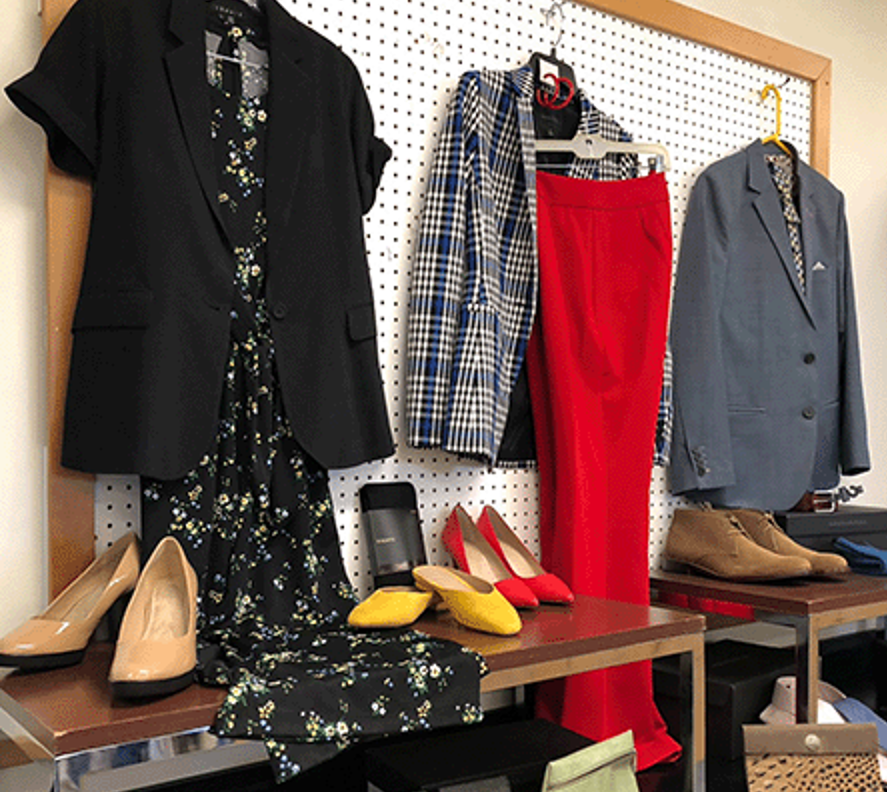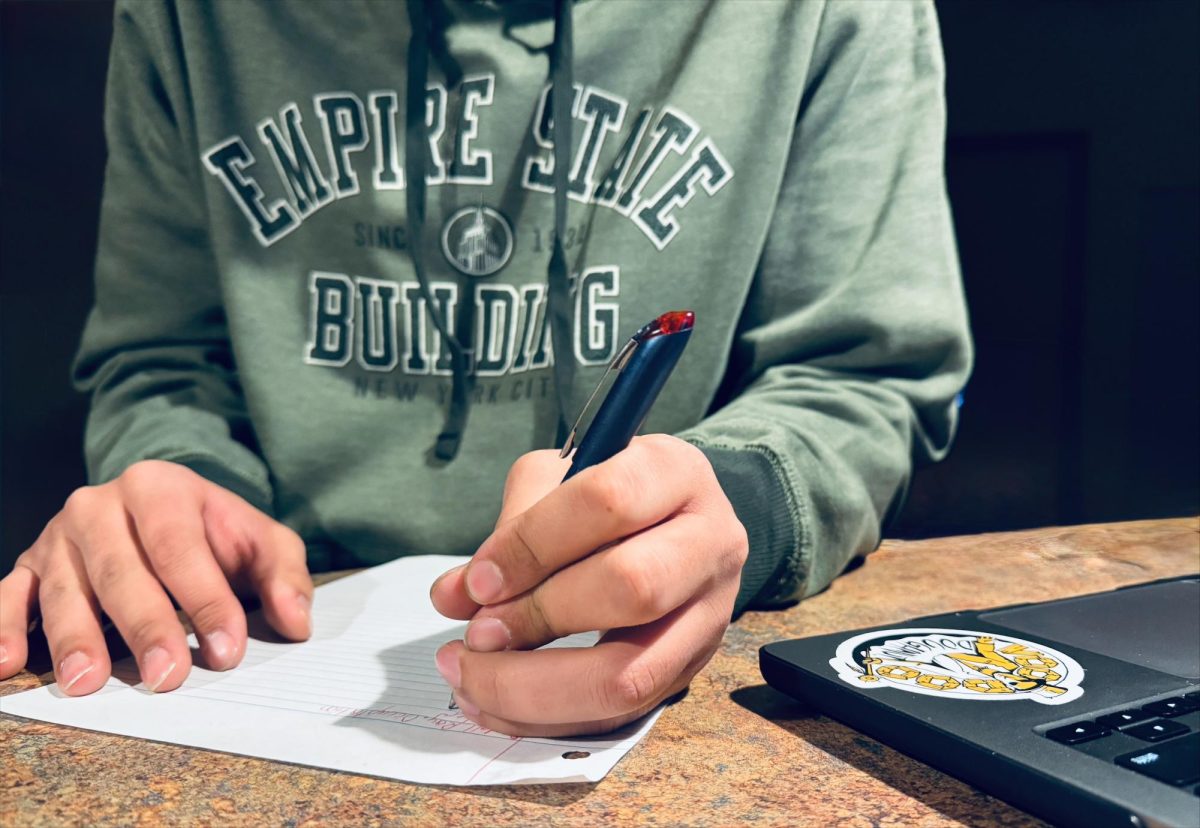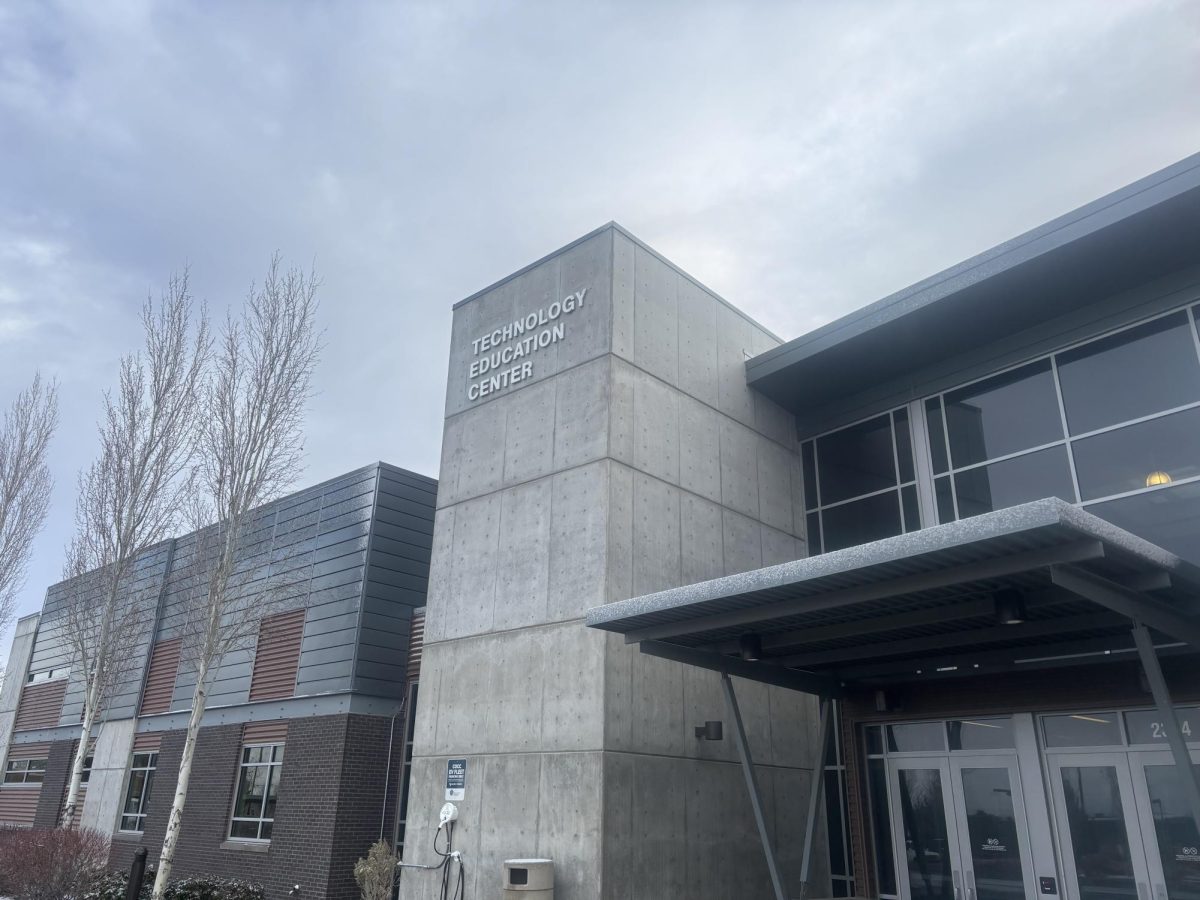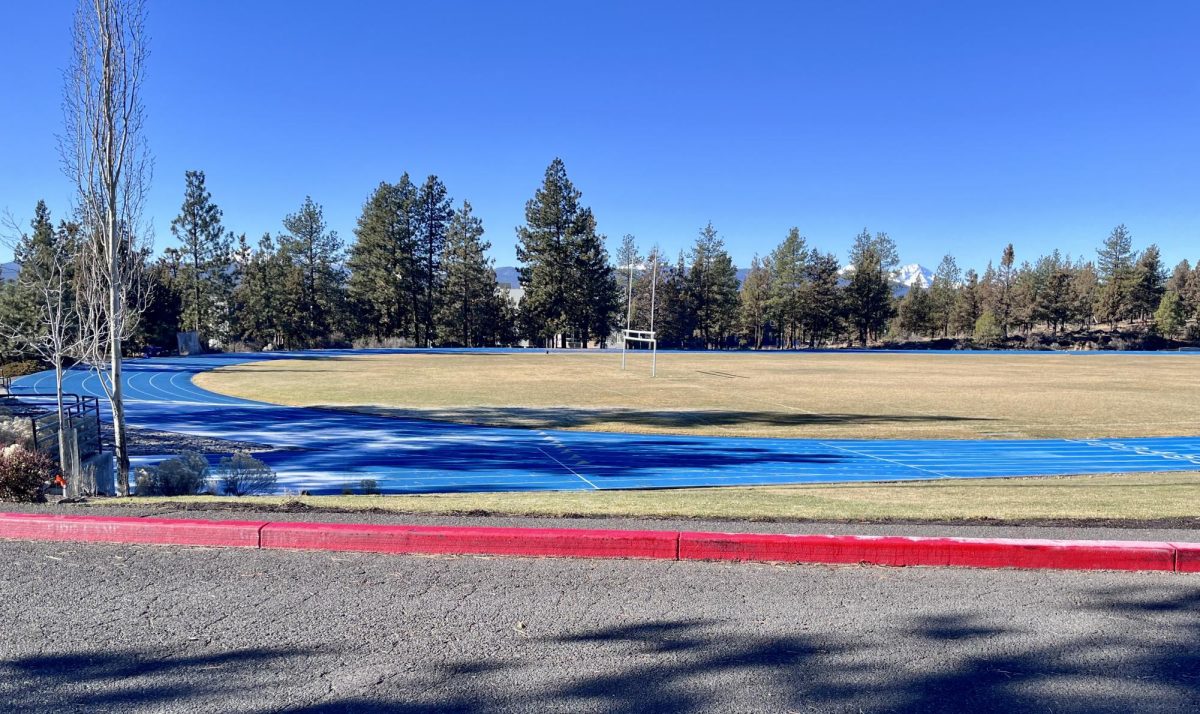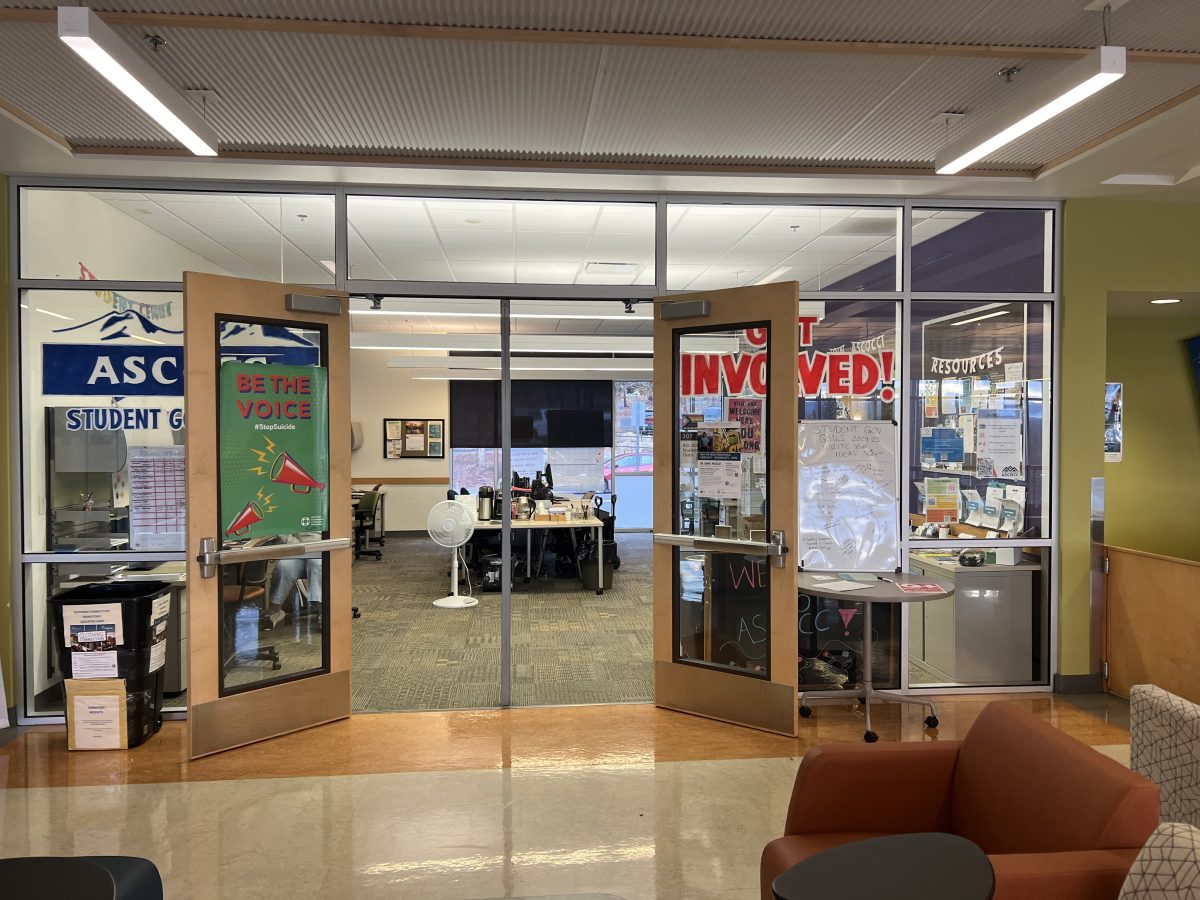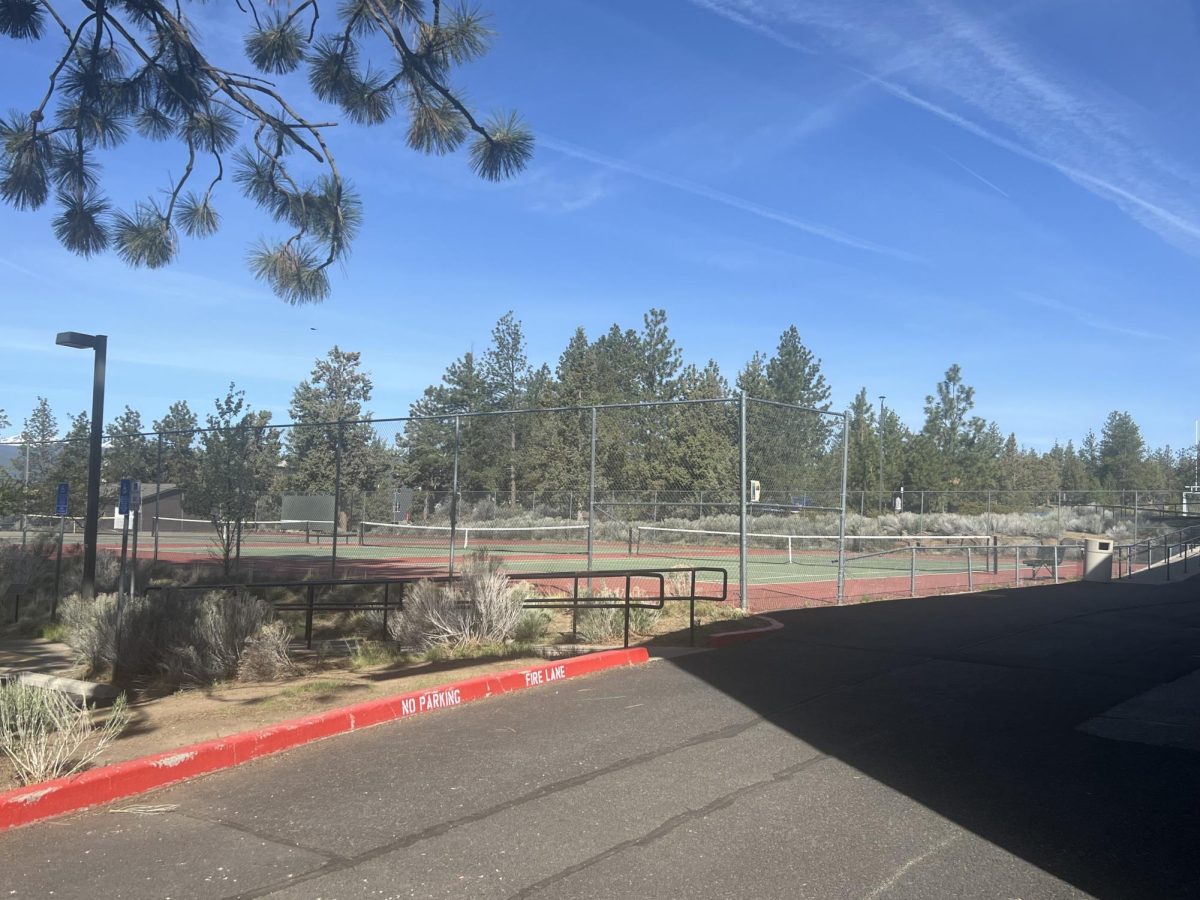Have you ever been to a garage sale? Surfed Facebook Marketplace? If you answered “yes,” then you have participated in secondhand shopping, also known as thrifting. This is the process of buying previously owned products. This shopping method may not only be enjoyable as it allows money to be saved and provides a thrill of searching for the unknown, but is also environmentally sustainable.
In today’s world, there are 25 billion pounds of textile waste a year. Only around 4 billion pounds end up being recycled. Part of this recycling is due to secondhand shopping. According to academic journal Environmental Health Perspectives, secondhand shopping helps contribute to this reuse of material as it stops “post consumer textile waste (which includes anything made of fabric)… from entering directly into the waste system.”
On the other hand, firsthand consumerism allows Fast Fashion to thrive. Fast Fashion is the quick creation of generic textiles to meet trends and other consumer wants, and while it allows for customer desires to be met, it creates a horrific amount of waste, contributing greatly to the 25 billion pounds made annually.
From this, one can be encouraged to take a step back from big chain stores like Walmart and Target that protect Fast Fashion and instead turn to those which directly contribute to the recycling process. Some examples of these secondhand stores are Goodwill, Salvation Army, Runway Fashion Exchange and more.
Thrift shopping is a great way to save, as buying secondhand allows products which are still in good condition to be purchased for a lower price since they are considered “used.” And, according to the Association for Consumer Research, because of this cheapness one can view “thrift shopping as a money saving activity from which consumers derive experimental and social benefits.”
Another benefit is the excitement one feels, as you may be searching for a new cabinet but find something totally unexpected. Anything can happen, especially as one searches for an “unknown object of desire… hidden among the garbage,” as expressed by The Association of Consumer Research. Thrifting is something the world’s consumers should visit upon more, as not only is it providing positive experiences through saving money and its unique thrill of surprise but it helps protect our environment as well.
A great place to get started is with Clothing Connections here at Central Oregon Community College’s Bend campus. Every Wednesday and Friday from 11 a.m. to 2 p.m. in Ochoco 225, students are allowed to browse around for up to 10 free items a term. They offer items ranging from shoes to jewelry to coats, so get shopping.


